The First 100 Years of Japanese Porcelain
The Toguri Museum of Art, a private porcelain collection tucked away in a quiet corner of Shibuya, is a must-visit for any admirer of ceramics. Assembled in the postwar era to preserve fine Asian ceramics for future generations, it contains some 7,000 works of Japanese, Chinese, and Korean porcelain, around 100 of which are on public display at any one time.
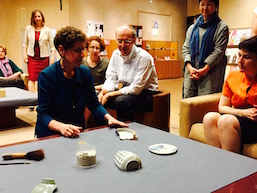
While considered a Japanese art, Imari ware has global story, one driven by international tastes, techniques, and markets. It got its start in what is today Saga Prefecture, when Korean potters brought to Japan by returning forces from a military expedition discovered the raw materials necessary for porcelain. The name comes from the port from which finished works were shipped.
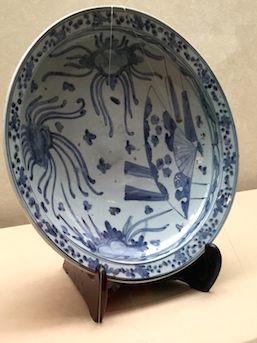
Early Imari ware was often misshapen due to the softness of the clay and retained blemishes of ash and dirt from firing. While flawed, these works boasted cheerful and energetic designs.
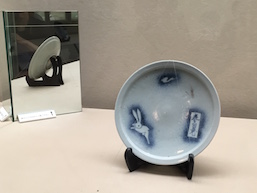
Chinese designs and techniques were favored. Dishes like this, with a rabbit made by blowing glaze around a stencil and adding details by brush, are also seen in Chinese porcelain.
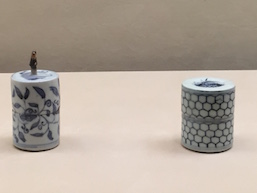
The floral and kikkomon hexagonal designs of these Edo-period tea jars were achieved with the sometsuke (cobalt under-glazing) method.
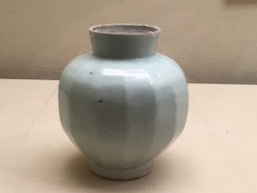
Early Imari ware also showed the influence of Korean techniques on Japanese porcelain, as seen in the faceting of this 14-sided jar from the early 17th century.
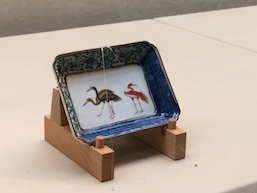
In the mid-17th century, overglaze enamels were introduced from China, allowing for new colorful designs. This vivid style later came to be known as Ko-Kutani .
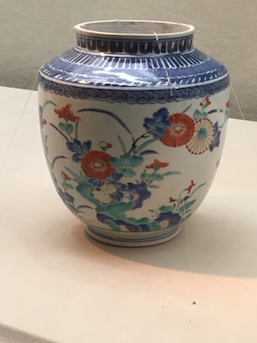
Further advances in porcelain manufacturing and decorating techniques produced the Kakiemon style, recognizable by the milky white porcelain and intricate designs of this late-17th century jar.
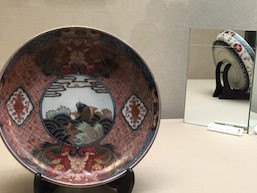
When civil unrest in China disrupted exports of Chinese porcelain to Europe in the mid-17th century, Dutch traders turned to Japan as an alternative source. Europeans sought pieces with a lot of red, like on this 18th century bowl.
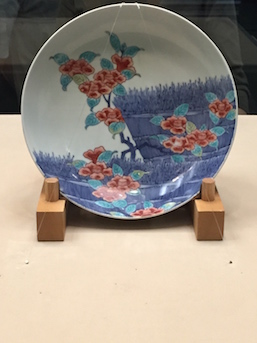
This plate is an example of Nabeshima ware, the culmination of Imari style and skill. These works were produced only to be given as gifts from the Nabeshima clan to the Shogun and other high-ranking dignitaries.
The second exhibition in the series focuses on the Ko-Kutani style and runs through September 23rd. English-language tours for this and future exhibitions can be arranged upon request. To inquire, please see the museum’s website: http://www.toguri-museum.or.jp/english/index.php.


